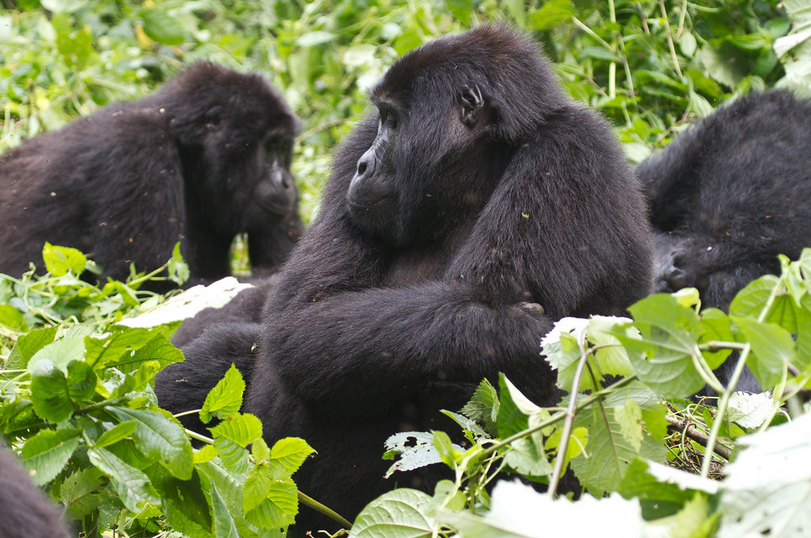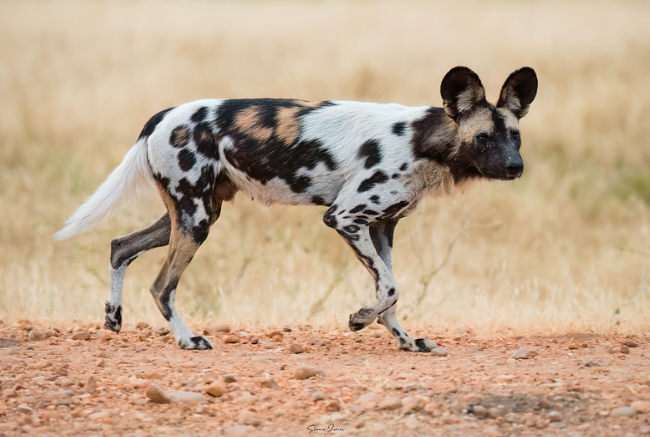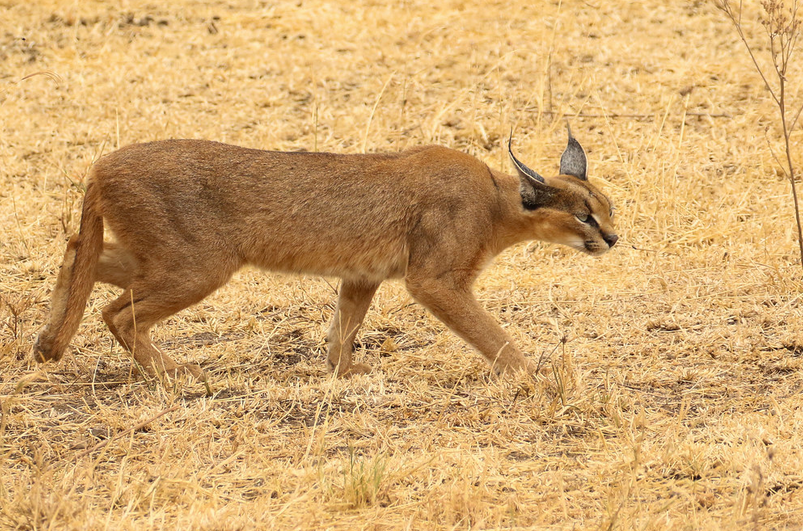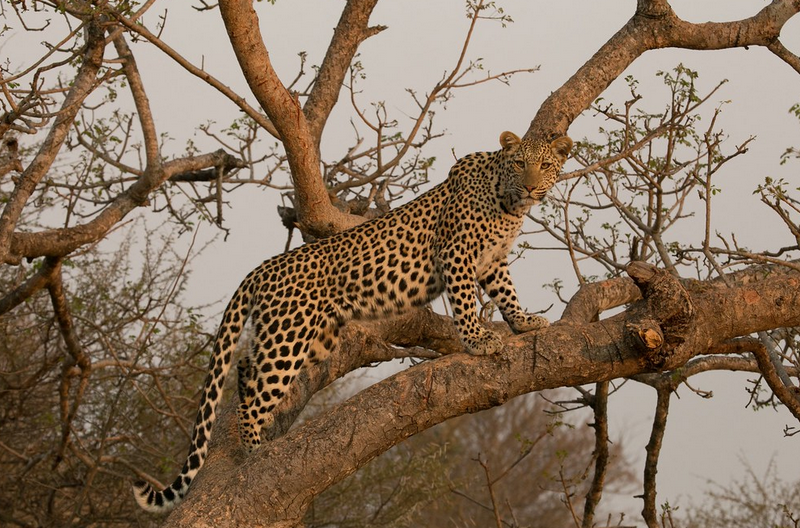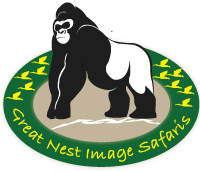toro semliki wildlife reserve
Overview:
Toro Semliki Wildlife Reserve: also known as the semliki wildlife reserve is a conservation protected area in the western part of Uganda, sharing Kabarole and Ntoroko districts in the Toro sub-region, on the floor of the rift valley where Lake Albert, Kijura escarpment and the mighty Rwenzori mountains create backdrops. The reserve was established as a game reserve in 1926 and was among the first protected areas to be gazetted and the main reason was to protect the large numbers of Uganda kobs in the area. The dominant vegetation type is the open acacia-combretum woodland and grassy savannah, interspersed with patches of Borassus palm forest, significant belts of riparian woodland along the main watercourses, as well as some extensive swamps towards Lake Albert. South west of the Toro semliki wildlife reserve are the 3rd highest elevated mountains in Africa, none other than the Rwenzori Mountains, North to the reserve is the famous Lake Albert, appearing as one of the few spots where the extinct shoebill bird can be found and West of the reserve is the board Congolese rain forest that contains one of the richest, most extinct species reservoirs in the world and one of the planet’s biggest covers of the un-logged forest.
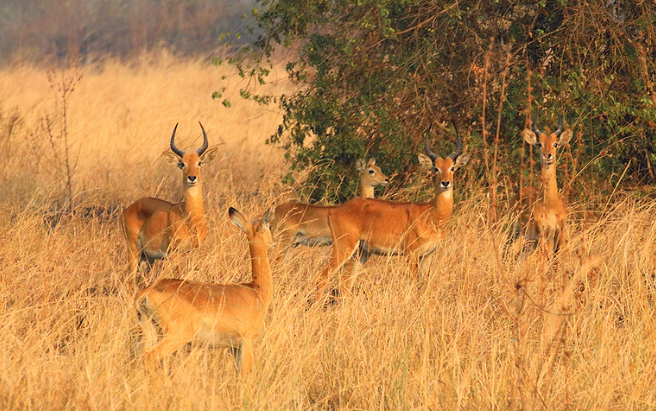
WILDLIFE RESERVE
What to do and see in Toro Semliki Wildlife Reserve
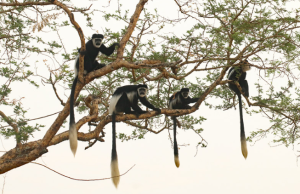
The park is a home to a number of wild animals such as elephants, leopards, waterbucks, giant forest hog, hippos, Uganda kobs, buffalos and many more. Primates include chimpanzees though rarely seen, baboons, vervet monkey, red-tailed monkey, black and white colobus monkey, dent’s mona monkey, central African red colobus, blue monkey and de Brazza’s and all these can be found along the forest trails. The reserve boosts over 440 bird species like red-necked falcon, black-billed barbet, great white pelican, malachite kingfisher, Abyssinian ground-hornbill, African pygmy goose, black coucal, pennant-winged nightjar, piapiac to mention a few.
There are four communities living around the reserve and these include;
Kasesenge-kyakabaseke community
It is located on the Eastern escarpment of the rift valley and the biggest number of them are the Bakiga migrants who originally came to work in the tea estates in the 1960s. During the good seasons, tea provided a stable income and as the prices of tea deteriorated, they resorted to crop cultivation mainly beans, maize, bananas and groundnuts.
Karugutu-kyabandara community
The community is situated in the south of the Toro semliki wildlife reserve about 18 kilometers from Fort portal town and it is mainly inhabited by the Bakonjo who are traditional cultivators. The crops mainly grown are soya beans, bananas, cassava, beans and rice some of which are sold in Rwebisengo and Ntoroko markets.
Ntoroko fishing community
This community is at the south-eastern tip of Lake Albert between the estuaries of Wasa and Muzizi rivers. The area covering approximately 4 square kilometers has been excised from the reserve and gazetted as a wildlife sanctuary to provide protection of any wildlife that interface in this area and the Ntoroko community depends mainly on fishing.
Rwebisengo community
The community is located on the west and northwestern edge of the reserve in the Semliki flats. It comprises the Batuku (Batoro-Bahuma) who are predominantly pastoralists and are believed to be descendants of the Abarusula who were the royal army of the King Kabalega of Bunyoro Kitara Kingdom.
What to do at Toro Semliki wildlife reserve
Bird watching
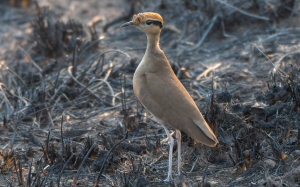
The reserve is a bird-watcher’s paradise and it has over 440 bird species recorded in a variety of habitats. These birds include red-necked falcon, black-billed barbet, great white pelican, malachite kingfisher, Abyssinian ground-hornbill, African pygmy goose, black coucal, pennant-winged nightjar, stunning red-throated bee-eater and more. The adjacent Semuliki National Park offers a great opportunity to add several species associated with the Congolese rainforest and migratory birds are present from November to April.
Guided nature walks
These are conducted near Semliki safari lodge where you will meet an experienced guide. You will go through a variety of habitats ranging from savannah woodland to riverine forest and during the nature walks, you will come across chimpanzees, baboons, waterbucks, red-tailed monkey, black and white colobus monkey, warthogs, elephants, Uganda kobs, buffaloes, ground hornbills among others.
Game drives
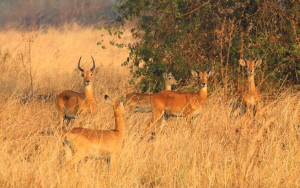
There are three tracks across the savannah grassland of the reserve. Animals regularly seen are elephants, warthogs, buffalo, waterbucks, Uganda kobs, leopards, white-tailed mongoose and bushbabies. Game drives at the reserve are carried out in the morning, afternoon and at night.
Community tours
The Karugutu Community Conservation Association (KCCA) is a community-based association whose objective is conservation education through Music Dance and Drama (MDD). This group organizes traditional dances for the visitors and they have a shop for handcrafts at the entrance of the reserve which they sell to tourists.
Hiking to the Nyaburogo Gorge
This is an ideal walk for birders that starts right at the reserve headquarters. It is a 7 kilometers hike that goes through a diversity of habitats like woodland, savanna and a forest in the gorge. During the hike, you will come across different bird species such as tropical boubal, black-headed Bushrike, arrow marked babbler, luhdrers bushrike and primates like black and white colobus monkey, vervet monkey, baboons and with good luck you can also see chimpanzees.
How to get there
Toro Semliki wildlife reserve is approximately 1 hour from Fort Portal town and it’s located about 300km/180mi from Kampala. It is approximately a 6 to 8 hours’ drive and the reserve is visited throughout the year.
Below are some of our tours to different destinations in the Country
1 Day Chimpanzee Ngamba Island Tour
1 Day Source of the Nile Jinja
2 Days Murchison falls national park
3 Days Lake Mburo national park safari
3 Days Murchison falls national park
3 Days Queen Elizabeth national park
4 Days Kidepo savannah wildlife safari
5 Days Queen & Bwindi Adventure safari
6 Days Uganda wildlife & primate safari
7 Days Uganda Adventure Safari
8 Days Gorilla & Wildlife safari
10 Days Gorilla & Adventure safari
Request a Quote
Featured Tour Updates
Permit cost for gorilla trekking in Uganda
Permit cost for gorilla trekking in Uganda Permit cost for gorilla trekking in Uganda : Gorilla trekking is one...
The African Wild Dog
The African Wild Dog The African wild dog: (Lycaon pictus) also known as the African painted dog or Cape...
The Caracal (Felis caracal)
The Caracal (Felis caracal) The Caracal (Felis caracal): is a medium-sized wild cat that can run up to 50...
African Leopards (Panthera pardus)
African Leopards (Panthera pardus) African Leopards (Panthera pardus) : are one of the most feared but respected animals in...


